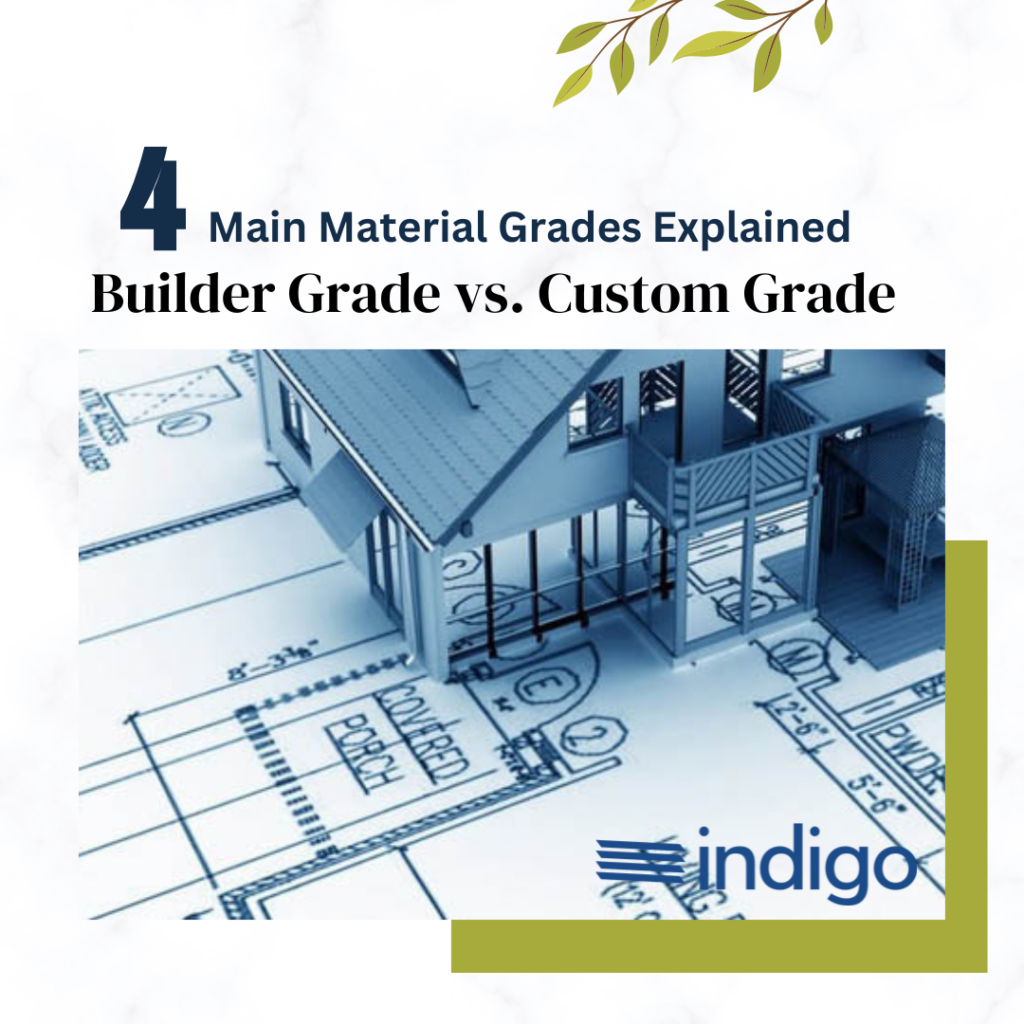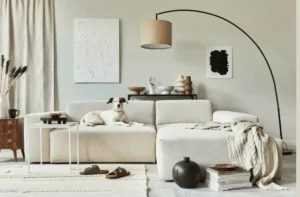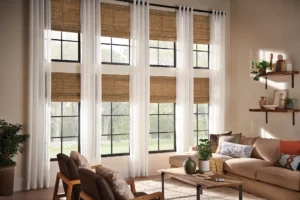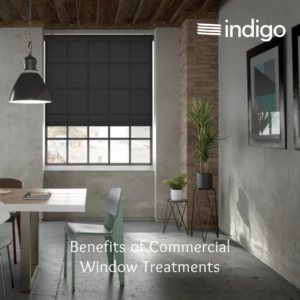Know the difference between Builder Grade vs. Custom Grade.

Did you know that building materials come in 4 grades?
Building materials, from windows and faucets to doors and cabinets, come in four grades.
Grades from Lowest to Highest, are:
1) Builder – Is the lowest in the hierarchy of grades. These materials are usually inexpensive and short-term products for a home. These materials are often made from things like plywood and plastic.
2) Quality – Quality Grade is a step above builder grade in terms of durability. These materials are usually still inexpensive but will last longer than builder-grade products.
3) Custom – Custom Grade is more expensive than the first two grades, but it comes with more options for customizations. Custom-grade products will be designed to meet your specifications for color, configuration, and size.
4) Ultra-custom – Ultimate Custom Grade is the highest grade on the hierarchy and offers the best durability and most options for customization. These materials will come at a premium cost but will last longer than other grades.
To add confusion, there are also category titles such as stock, semi-stock, semi-custom, retail, and contractor grades (the last two often refer to builder grade).
What’s in a Grade?
Originally, the term was coined to make materials sound more desirable to uninformed consumers —as if the materials were vetted and used by builders everywhere. But it’s now almost synonymous with inexpensive materials: low-quality, low-grade versions of windows, window treatments, doors, cabinets and roofs.
There is no formal definition of “builder’s grade,” but it typically refers to an economical product that only lasts about three to five years under regular everyday use. Builder-grade materials are generally mass-produced and pre-built, with a limited number of options. They are available in the most common sizes and shapes, and customizing is not available.
As if there weren’t enough decisions involved in any home improvement project, you want to keep the grade options in mind at every decision-making moment. Familiarize yourself with the differences and choose what makes most sense for you.
Don’t Know? Just Ask
It’s easy to get confused about the different grades, and you shouldn’t be embarrassed to ask questions of the professionals you are looking to hire. This is your home and your money, so get the answers you deserve!
NOTE: Your contractor might have based your estimate on builder grade materials that you’d prefer to upgrade, or they might have based it on higher-grade materials that aren’t worth the extra cost to you.
Get the information you need to make informed decisions that are in-line with your budget and your priorities. When you take the time to talk to your contractor about materials they plan to use (and the warranties that come with them!), you’ll avoid potential problems down the road. This will also help you spot any product substitution issues
Quality & Durability
Many of the grade differences come down to durability. The main difference between builder- and higher-grade items is the quality of the materials used in their construction. You might not be able to visually spot the difference, but builder-grade fixtures tend to wear out faster and need attention sooner than their higher-priced counterparts.
Convenience
Availability and accessibility are a major difference between the grades. Anyone can walk into a Home Depot/ Lowes and pick up builder-grade materials on the spot, but quality-grade options need to be specially ordered by a professional.
Cost
This is one of the most common reasons people go with Builder Grade vs. Custom Grade:
Because they are less expensive and the idea of shelling out money for what some is a basic item is repellant.
While it’s important to acknowledge that everyone has a different budget and priorities, using the lowest quality materials can cause harm to your home in many different ways—leaks, break-ins, flooding, water damage, excessive fading of floors and furniture, and more that end up costing you more much sooner than you expected.
Spend your money on materials that are crucial to the health of your home, save money on superficial aspects or elements that can be easily replaced (pillows, area rugs, blankets), then upgrade when and if you can afford to.
Make sure you are comparing similar grades of products when researching and working with multiple contractors. Often times consumers are misled or aren’t provided product information to help them make an educated decision.
Make sure you are working with reputable contractors — check BBB (Better Business Bureau), BIA (Building Industry of Louisville), HBAK (Home Builders Association of Kentucky), NAHB (National Association of Home Builders), and Lead-Safe Certified Firm for current status and reputation.
This will help make sure you do not become victim of the bate and switch scam (Pricing higher grade products only to be switched to lower grade products at installation).
Create Priorities
- Consider your goal and budget for the project:
Is it strictly for privacy, or to insulate against harsh outside elements such as heat, cold and noise? Maybe you want to frame a breathtaking view or control the light coming into the bedroom if you are shift-worker or light sleeper. - Think about not only where you live, but how you live:
Do you have kids, pets, and a more active home? Are you thinking of using a delicate fabric (like a sheer or embroidery) in a high traffic area? - Start with the practical and functional considerations:
How do the window treatments complement and enhance the overall design scheme of your home. - What are the functional requirements of the treatments:
privacy, light blocking, light filtering, energy savings/ heat retention? What is the view, and should it be disguised or enhanced? - Look at the aesthetic:
What is the overall feel of the room? How do the fabrics coordinate with the room and colors?
Builder Grade Window Treatments vs. Custom Window Treatments
The most notable differences are Price, Limited Sizes, Quality, and Warranty. People often overlook the value good custom window treatments offer: Such As – Reducing Energy Bills (heating/ cooling your home), help in the longevity of your floors and furniture by reducing fading, cracking, and general longevity of your home purchases.
Good Quality Custom Window Treatments can also help with your health. How? Well, a good night’s sleep plays a key role in your everyday health.
As well, Graber Blinds offers Health Home Cellular Fabrics which ELIMINATES Bacteria, Fungus, Mold, Mildew, and Odor. As well, reduces the need to for cleaning, prolonging the life of your shade well promoting Healthy Home Environment.
WINDOW TREATMENT VISUALIZER
For the first time, you can preview window treatments on your very own windows—with the New Visualizer. Simply upload a photo, choose a treatment, and see how it looks in your actual space. Change colours, options, and more to find the best window treatment solution for you. See the difference between Builder Grade vs. Custom Grade window treatments.
No photo? No problem. Choose from our sample room scenes and bring your design vision to life.






